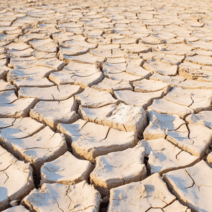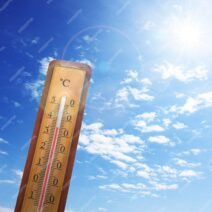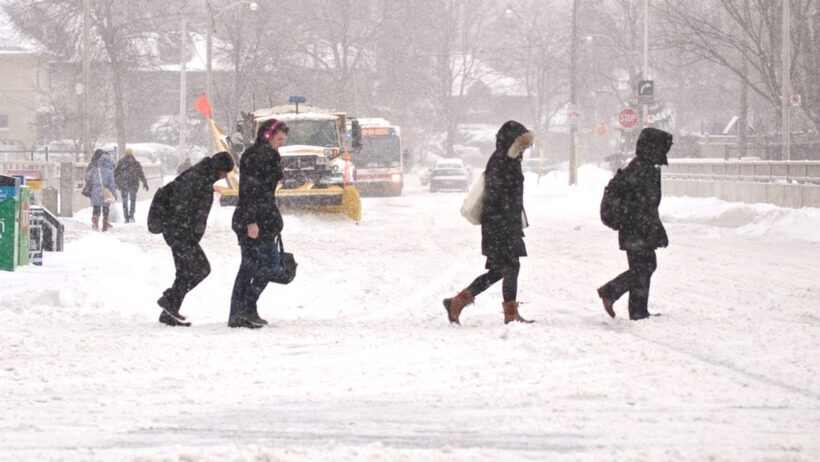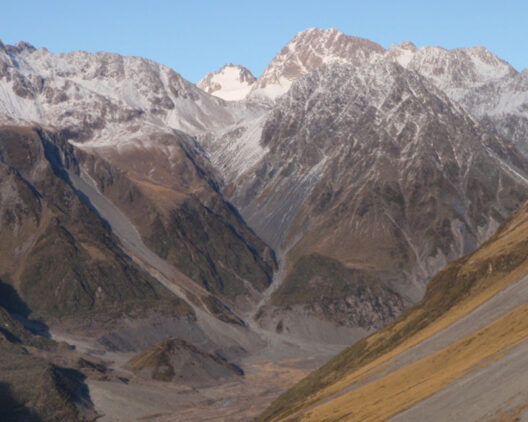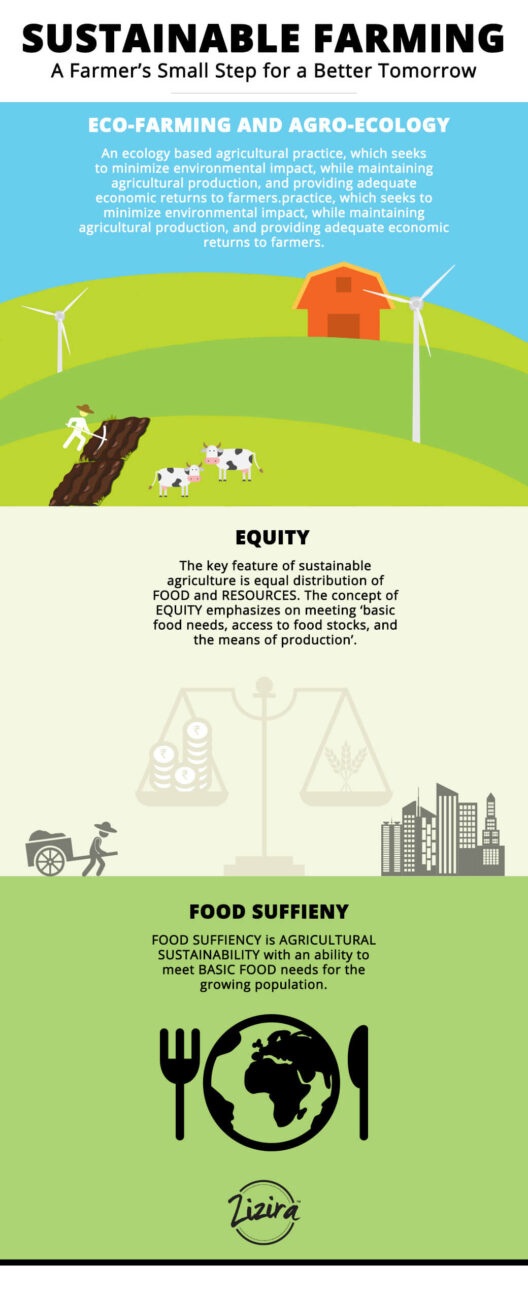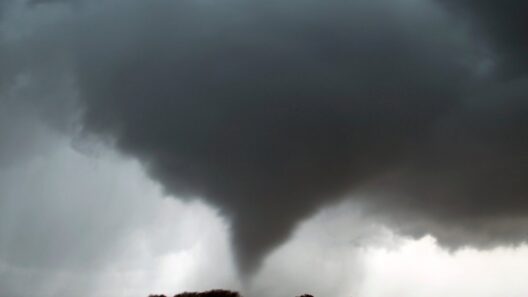As the planet warms, many are left puzzled by the paradox of increasing snow in certain regions. Global warming, with its ominous implications, is often mischaracterized solely as a heat phenomenon, which can lead to a disconnection from the chilling reality that winter may still manifest in the form of heavy snowfall. This contradiction raises a pressing inquiry: why does a warming planet, predicted to engender milder winters, concurrently yield copious amounts of snow? Understanding this phenomenon necessitates delving into the intricate interplay of atmospheric dynamics, climate systems, and geographic variation.
The core of this enigma lies within the realms of meteorology and climatology. Climate change amplifies the energy of the atmosphere. As global temperatures ascend, they result in warmer air that can hold significantly larger quantities of moisture. This enhanced moisture content in the air can catalyze more intense and prolonged precipitation events. Ironically, this augmented moisture can fall as snow under particular conditions, particularly when temperatures dip below freezing. Thus, despite the overarching trend of warming, certain areas may experience heavier snowfall as climatic conditions fluctuate and evolve.
To fully comprehend this complex relationship, one must first recognize the role of polar vortices. These large-scale winds encircle the polar regions and are essential in determining weather patterns across the globe. When global temperatures rise, it can lead to destabilization of the polar vortex, causing it to occasionally weaken and plunge southward. This shift can escort frigid air across areas typically accustomed to milder winters. The result? Regions that rarely see such cold temperatures become gripped by winter’s icy hand, creating conditions ripe for significant snowfall.
Furthermore, oceanic currents play a fundamental role in this climatic paradox. The interplay between ocean temperatures, atmospheric pressure systems, and prevailing winds can lead to dramatic shifts in weather patterns. For instance, the El Niño Southern Oscillation (ENSO) is one climatic phenomenon that has profound effects. During an El Niño phase, warmer ocean temperatures can disrupt typical weather systems, resulting in wetter winters for some areas and amplifying potential snowfall in regions experiencing these anomalies.
The inclination towards heavy snow in the wake of climate change additionally reflects geographic and topographical nuances. Mountains, which serve as natural barriers, can enhance snowfall through orographic lift—where moist air is forced upward by terrain, cooling and subsequently precipitating out as snow. Increased precipitation due to climate change can exacerbate this effect, leading to more substantial snowfall accumulations in regions with high elevation.
It is also crucial to acknowledge the feedback mechanisms that arise from increased snowfall. Snow-covered surfaces reflect sunlight, influencing albedo—the measure of how much sunlight is reflected from the Earth’s surface. This reflective quality can lead to temporary cooling, creating a labile situation where a snow-covered region may see more snowfall even as the overall climate warms. This dynamic can further perplex our understanding of winter weather patterns amidst broader climatic shifts.
Perhaps equally disconcerting is the impact that this increasing variability in snowfall has on ecosystems and human societies alike. While some areas may rejoice in the sight of a winter wonderland, the implications can be severe. Sudden heavy snowfalls can lead to disruptions in transportation, increased risk of avalanches, and substantial burdens on infrastructure. Additionally, plant and animal life that is adapted to a stable winter climate may find its survival threatened amid these fluctuating conditions. The creatures that depend upon a predictable seasonal cycle could face existential challenges, leading to disruptions in local ecosystems and biodiversity.
Moreover, the public discourse surrounding climate change often summarizes global warming as a synonym for rising temperatures and drought. Such simplifications fail to account for the nuanced realities of shifting weather patterns that can manifest in various forms. As the narrative continues to unfold, it becomes imperative to foster an understanding that climate change remains a multifaceted issue, one that encompasses a broad spectrum of effects—some counterintuitive, yet equally crucial.
To synthesize, the relationship between global warming and winter snowfall is a quintessential case of complexity within climate science. While humanity grapples with the immediacy of warming temperatures, it is pivotal to recognize that increased snowfall in certain regions serves as a reminder of the unpredictable and often paradoxical consequences of climate change. As temperatures continue to rise, the altered dynamics of the atmosphere will perpetuate variability that defies simplistic explanations. Therefore, ongoing exploration, education, and policy-making must consider this comprehensive framework, while engaging with the broader conversations about environmental stewardship and climate resilience.
In conclusion, the phenomenon of “more snow, less sense” encapsulates the intricate dance of global warming with winter’s fiercest elements. A deeper understanding of this relationship emphasizes the need for a holistic approach to climate action. Advocacy, grounded in scientific understanding, must address these complexities to inspire collective action towards safeguarding our planet—a task that is pressing and unequivocal in its necessity.
